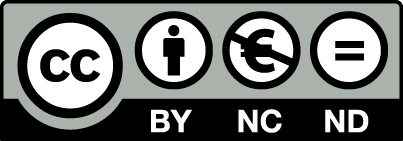Understanding the soil-water interaction and its implications for engineering applications is essential for a wide range of fields, including geotechnical engineering and infrastructure corrosion. The soil water retention curve (SWRC), which describes the relationship between soil water content and suction, is a critical parameter for these applications. This study compares the SWRCs of different soil types, including sand, loam, and sandy loam, under both remoulded and undisturbed conditions, using two widely employed methods: the filter paper method and the modified evaporation method (Hyprop). Additionally, the research explores the impact of soil moisture on corrosion rates, particularly in kaolinite clay-sand mixtures, by examining the relationship between the Air Entry Value (AEV), Air Transition Point (ATP), and the moisture content. Remoulded and undisturbed samples were analysed for their SWRCs, with compacted samples prepared according to the Standard Proctor test (ASTM D698). The results reveal that the SWRCs for compacted soils showed minimal differences between the two methods, while undisturbed samples exhibited variations likely due to differences in dry densities. Furthermore, the study investigates how the fine structure of kaolinite clay influences moisture retention and corrosion behaviour, with steel coupons exposed to the kaolinite-sand mixture under optimal moisture conditions. The corrosion rates, assessed by weight loss method and SEM-EDX were linked to the moisture content and ATP, revealing that higher fine particle content in the soil led to increased moisture retention and enhanced corrosion risk for buried metal infrastructure. These findings highlight the importance of understanding SWRCs in both soil engineering and corrosion management, emphasizing the role of soil texture and moisture content in influencing soil behaviour and material degradation.
The Open Access version of this proceedings has been made available under a Creative Commons Attribution-Non Commercial-No Derivatives (CC-BY-NC-ND) 4.0 license.
